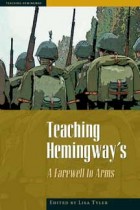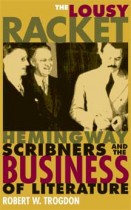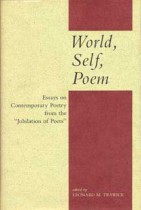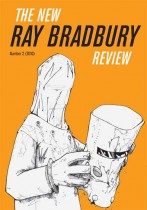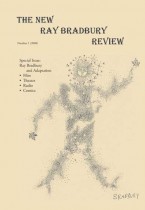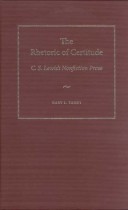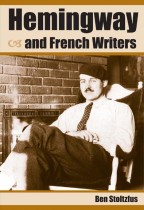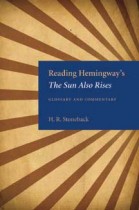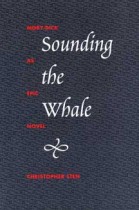Arms and the Self
Alex Vernon | Filed under: Literature & Literary Criticism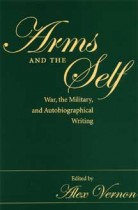
War, armed conflict in general, and military service have likely inspired more textual testimonies than any other human event. Wars shatter every boundary imaginable—from national boundaries to bodily ones—confusing distinctions between social castes as well as between friends and foes, men and women, humans and animals, humans and machines, and even the living and the dead, making it difficult to classify what texts actually fall into the category “military autobiography.”

